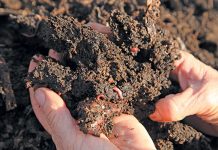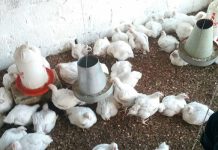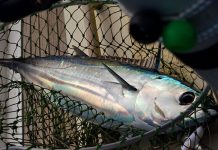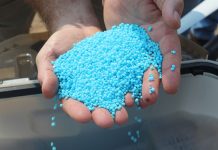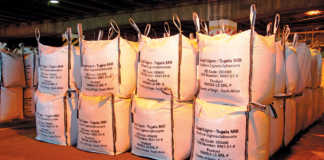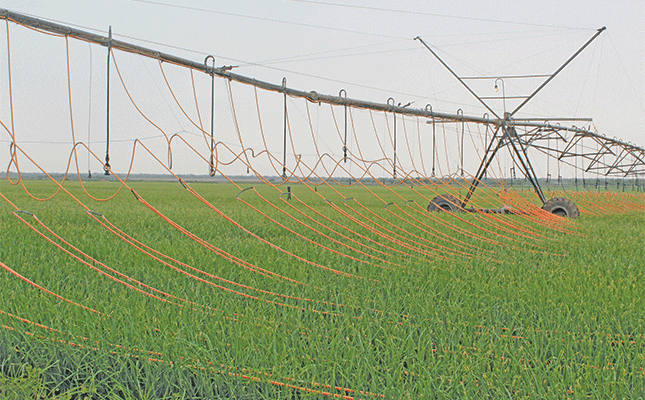
Photo: FW Archive
In the quest to achieve sustainable agriculture and global food security, the connection between crops and water is paramount.
Efficient crop irrigation is more than just a farming practice; it is a sophisticated science that ensures plants receive the precise amount of water they need at the very moment they need it.
According to Sixolise Mcinga, senior analyst in sustainable agriculture at GreenCape, an NPO that drives the widespread adoption of green economy solutions, crop irrigation is the process of applying controlled amounts of water to plants or crops at the required intervals.
She adds that this is essential for maintaining soil moisture levels that are conducive to crop growth, particularly in regions that receive insufficient rainfall.
Irrigation planning
“There are several factors farmers must consider when measuring or determining the amount of water they need to give their crops, namely the type of crop, as they have varying water requirements; the growth stage; soil type; drainage; climate; and root depth. The root depth directly affects the volume of water that plants draw from the soil, making it a critical factor in effective irrigation planning,” says Mcinga.
She adds that proper irrigation planning is crucial to ensure crops receive adequate water and to avoid overirrigation.
Several approaches are used to achieve adequate water supply, including soil moisture measurement, irrigation scheduling, a water budget, canopy temperature measurement, evapotranspiration (ET), and the pan evaporation method.
“There are different types of irrigation methods, such as sprinkler irrigation, where water is sprayed into the air and falls like rain over the crops. This means the crops receive a uniform water application, and because it’s an automated system, there is an even distribution of water,” explains Mcinga.
“Flood irrigation is when an entire field is flooded with water, allowing it to soak into the soil. The benefits are that this is a simple, low-cost operation, and it can help replenish groundwater.
“When it comes to manual irrigation, the water is manually applied to plants using buckets, hoses, or watering cans. The benefits of this method are that it is a flexible, low-investment and targeted application.
“And then there is aeroponics, where plants are grown in an air or mist environment without the use of soil or an aggregate medium,” she adds.

Water is life
“Water is life,” says Mandisa Mazibuko, a master’s candidate in crop science specialising in agronomy at North-West University.
This, she says, is because the soil must meet the needs of the crop, and irrigation supports the growth of crops and activates beneficial microbial activity in the soil, thereby enhancing soil health and promoting robust plant growth.
“Water is required for seed germination. It activates enzymes for seed germination and emergence. For crops to have access to the nutrients provided by fertilisers, water is needed to transport the fertiliser from the soil to the roots and the shoots of the plants. Adequate irrigation plays a big role in the overall crop yield,” explains Mazibuko.
“Every crop has particular water requirements, and this is important to consider when planning your irrigation schedule and the amount of water to supply.
“Knowing your soil’s water-holding capacity is also essential in measuring the amount of water to be supplied to the crop. A tensiometer can also be used to measure the soil moisture available for the crop’s roots to absorb,” says Mazibuko.
Adding to what Mcinga says about the different irrigation methods, Mazibuko says these are the likes of sprinkler irrigation, drip irrigation, centre pivot irrigation, and furrow irrigation.
The most common methods are drip, sprinkler, and centre pivot, and this depends on the type of farming, she explains, adding that most commercial farmers use the centre pivot method because it covers large areas in a short period of time.
“Drip irrigation is most suited for vegetable crops and orchards. It can be used in greenhouses, tunnels, or in open fields, and it reduces water run-off.
“With sprinkler irrigation, water is applied similar to the rain but in the form of pipes and sprinkler head nozzles to distribute water. Sprinklers are suitable for row and field crops.
“With furrow irrigation, the water flows through furrows between the crop ridges. It can be used in both small and large fields but is labour-intensive,” says Mazibuko.
Sibongile Jiyane, a plant pathologist based in Tshwane, underscores the importance of artificial irrigation: “Crop irrigation is the process of providing crops with water artificially when rainfall is insufficient. Farmers who produce water-sensitive crops, in particular, benefit from improved crop quality and a reduced risk of yield loss.
“The distribution method most commonly used is sprinkler irrigation, but the workhorse of the industry is the centre pivot system.”
She explains that drip irrigation systems are frequently employed in vineyards, orchards and high-value vegetable crops, and they consist of networks of tubes with tiny emitters or holes.
“Water can be gradually dripped for extended periods, either above or below the soil’s surface. This continuous flow allows water to penetrate deeply into the soil and reach the roots, preventing soil erosion and nutrient discharge,” says Jiyane.
“Tree crops are especially well-suited for micro sprinklers. This method is inexpensive, uses less water, is simple to assemble, and allows for equal water distribution across wide distances,” she adds.
Jiyane emphasises that irrigation is crucial for preserving condensation in the loam and supplying minerals and other nutrients to plants’ roots, adding that producing cash crops like tobacco and sugar cane is more practical when done with irrigation.
She adds that crop water demand is the amount of water needed to replenish water lost through ET. Having an understanding of this aids in assessing whether a particular crop may be grown in a certain area.
“We refer to this as the crop coefficient [Kc]. To find a crop’s weekly water use, multiply the weekly reference ET reading by the Kc value,” she explains.
Email Sixolise Mcinga at [email protected], Mandisa Mazibuko at [email protected], and Sibongile Jiyane at [email protected].



